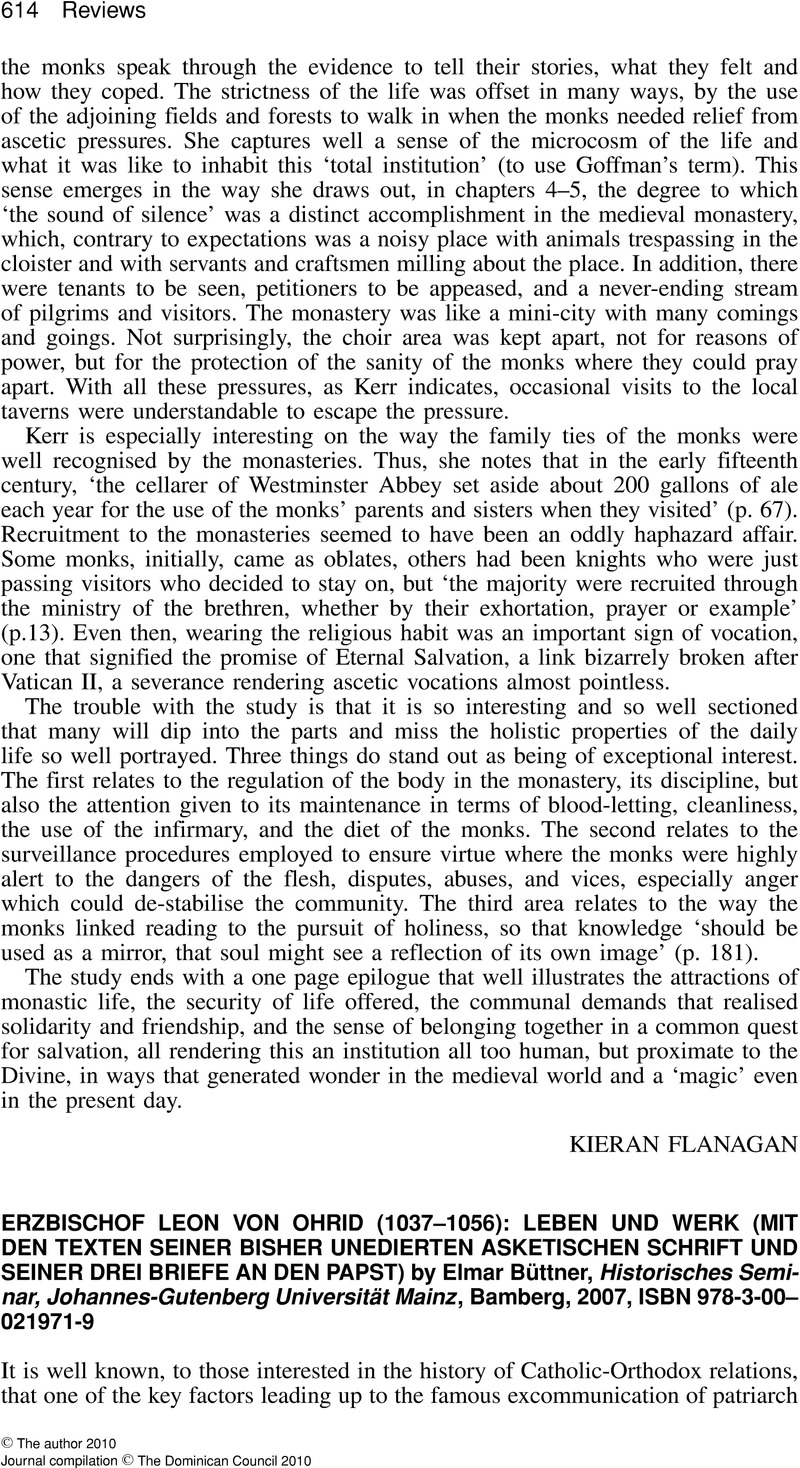Crossref Citations
This article has been cited by the following publications. This list is generated based on data provided by Crossref.
Filipović, Aleksandra
Alberti, Alberto
and
Romoli, Francesca
2020.
I Balcani occidentali tra romanico e bizantino.



